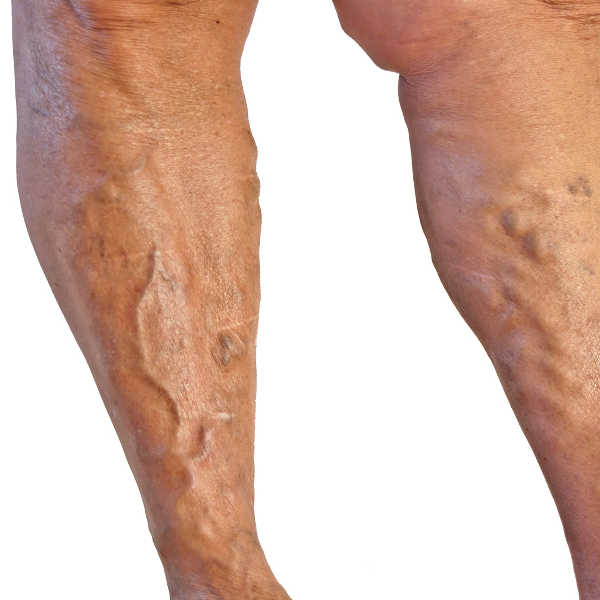Although millions of people live with varicose veins and spider veins, there are still many myths out there about these venous issues. Even though people’s access to information grows each year, many people still believe a lot of false things. For example, only old women can get varicose veins; this is false, because anyone can develop varicose veins. Below, we share with you some common myths that people associate with both spider veins and varicose veins.
Myth: Varicose or spider veins are signs of aging
Fact: This myth is true to a degree; people of any age can develop varicose veins for a variety of different reasons, including genetics, obesity, and pregnancy. However, aging is another reason. As a person gets older, his or her veins’ valve walls weaken, which means the pressure in the veins can easily push out and bulge the veins.
Myth: Varicose veins are strictly a women’s issue
Fact: Although varicose veins are more commonly found in women, they are found in men, too. About 50 to 55 percent of American women and 40 to 45 percent of American men live with venous issues.
Myth: Varicose and spider veins are only a cosmetic issue
Fact: For the most part, spider veins are a cosmetic issue. Varicose veins are diseased veins indicative of a more serious issue occurring in the body. If left untreated, varicose veins can cause skin changes, circulatory problems, blood clots, and ulcers. Whether you have varicose or spider veins, it’s best to show them to a doctor for a proper diagnosis.
Myth: Varicose veins are always easily visible
Fact: Varicose veins are known to be large, bulging veins, but there are instances when they aren’t quite pronounced or visible yet. Sometimes, men don’t notice changes to their legs or veins in their legs due to their leg hair covering the skin. Also, when the varicose veins are beginning to develop, they may be deep under the skin or small, so a person will not notice a change. If you feel pain or heaviness in your legs but see no visible changes, contact your doctor for an evaluation as a preventative measure.
Myth: Varicose and spider veins can be prevented
Fact: Most often, these types of veins cannot be prevented, especially if you are genetically predisposed. However, there are plenty of lifestyle choices you can make to keep these veins at bay. To prevent varicose and spider veins, do the following: exercise regularly, maintain a healthy weight, wear sunscreen, have periodic leg evaluations, don’t smoke, and don’t sit or stand for long periods of time.
These are just a few of the common myths about varicose and spider veins. If you want more answers about these types of veins or are looking for an evaluation, Dr. Peter Mikhail is a vein specialist who treats patients with venous insufficiency. He works with patients in the Tampa, Clearwater and New Port Richey areas of Florida. To book a consult, click here or call 727-312-4844.

























No Comments